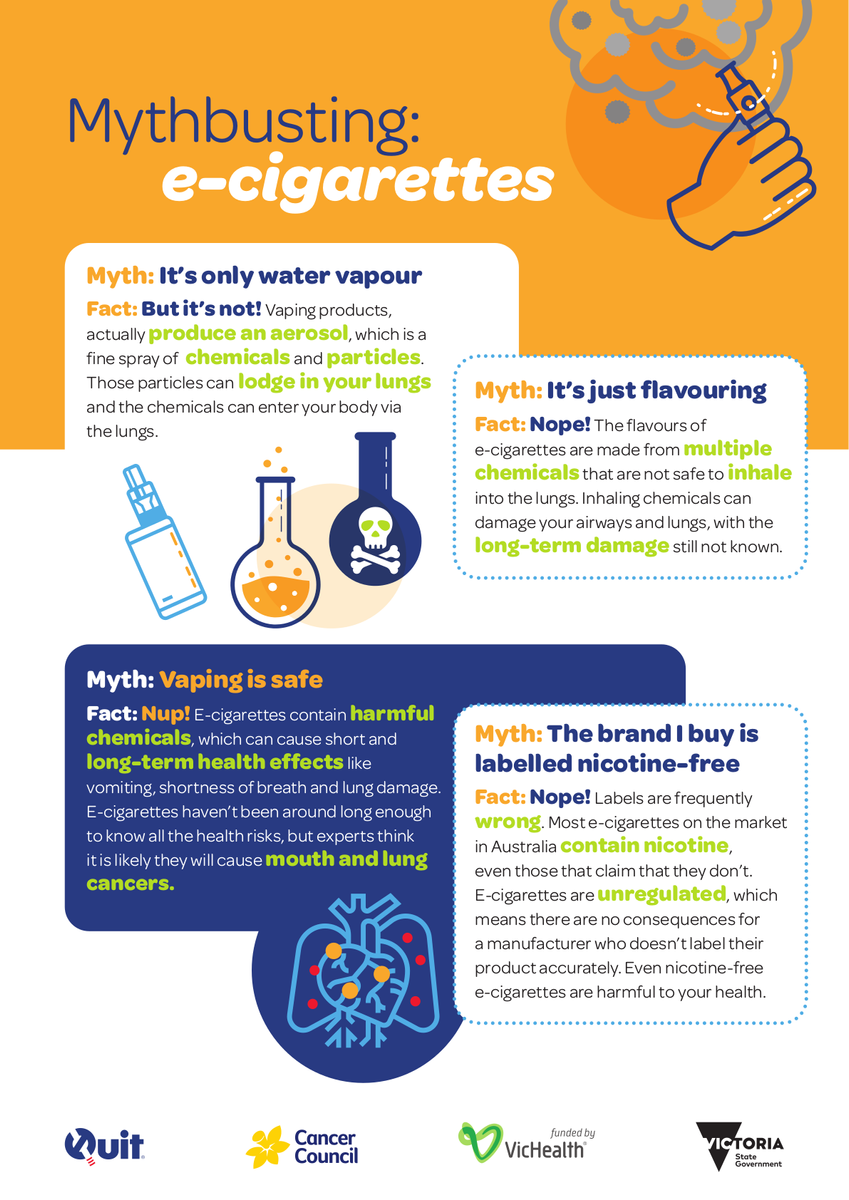Vaping - The New Smoking

At a virtual Headmaster’s assembly this week, Prefect Hayley Jacobsen (12 Jones) gave a moving speech about her personal experience of losing her grandfather to cancer. Hayley spoke about the dangers of smoking and it being responsible for roughly 9 in 10 cases of lung cancer in men and 7 in 10 for women. She explained that within 10 seconds of someone’s first puff of a cigarette, the toxic chemicals reach the brain, heart, and other organs. Hayley told students that because it takes a long time before smokers suffer smoking-related conditions, such as cancer, some people believe that it won’t happen to them.
Before the audience knew it, Hayley’s speech took a quick turn, and she was talking about a new addiction replacing an old one.
The following is an excerpt from her persuasive plea to her fellow students to rethink vaping.
“There’s a new addiction seemingly replacing the old. I speak, of course, of vaping.
Around 14% of 12 to 17 year old’s have tried an e-cigarette and around 32% of these young people have used an e-cigarette in the past month.
Further, the Australian Institute of Health and Welfare reports that 2.2% of teenagers smoke regularly and the Australian National Drug Strategy Household Survey reports that current e-cigarette use in young Australians is 6.8%.
That’s a lot of numbers, but all you really need to know is that vaping is the new kid in town.
E-cigarettes were originally intended to get people to stop smoking cigarettes by replacing an unhealthy habit with a healthier alternative. But unlike traditional cigarettes, the production of vapes is unregulated.
Without legal substance regulation, the range of ingredients that can be contained in an e-cigarette is unpredictable and often unknown.
What we do know is that many e-cigarettes contain nicotine which is highly addictive and can impact brain development, just like the old school cigarettes.
The Australian Medical Association says:
Exposure to nicotine can harm adolescent brain development, and nicotine vaping products contain carcinogens including formaldehyde and solvents.
Further;
The evidence that vaping is effective as a quit smoking aid is inconclusive, but there is plenty of evidence that it causes harm. Multiple studies show that vaping can lead to previous non-smokers taking up tobacco smoking.
It would seem that vaping has not only reinvented smoking but is potentially accelerating the use of nicotine in general.
As Dr Massey confirmed in a recent eLink article:
“The manufacturers of e-cigarettes target young people, and just like the alcho-pop industry, they are producing attractive, cheap and tantalising products that seem anything but unhealthy and irresistible to many young people who will stop at little to impress their friends.”
So if you know, deep down, you are one of those people who likes to impress their friends, please consider your influence in your peer group and wield the sway that you have carefully.
Rethink vaping knowing that you don’t really know what you are smoking.
Rethink vaping knowing that you are just a pawn - a gullible bit player - to those who are making and marketing e-cigarettes.
Rethink vaping knowing that E acetate is a specific additive used in vaping solutions and when inhaled, it can severely damage the lungs enough to require invasive ventilation and intensive care.
Rethink vaping knowing that ‘vapers lung’ is real. You can refer to research from John Hopkins University if you need convincing.
Rethink vaping knowing that it could be a gateway to tobacco smoking and later, to the use of other illegal substances, as verified by research undertaken by the Australian Medical Association.
Rethink vaping with your eyes wide open, knowing the facts, and hopefully, you will see that you are stronger than you know, and you owe it to yourself and others to use your influence in a different way.
Thank you.”



